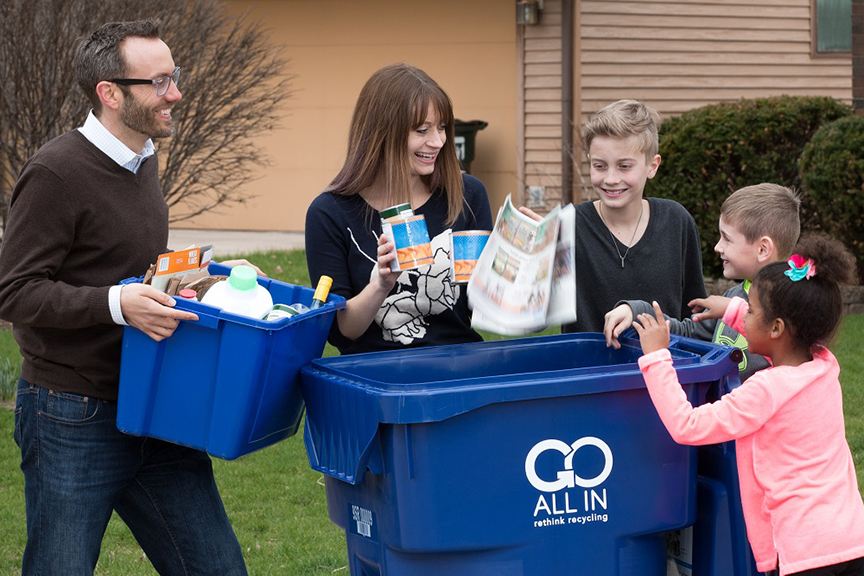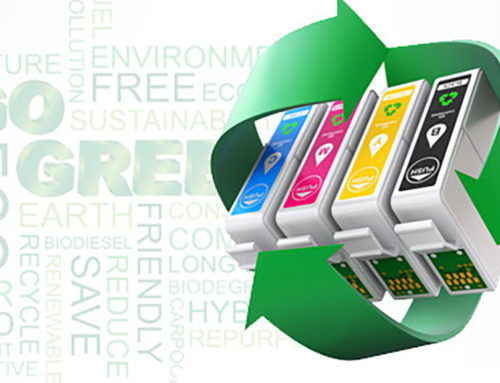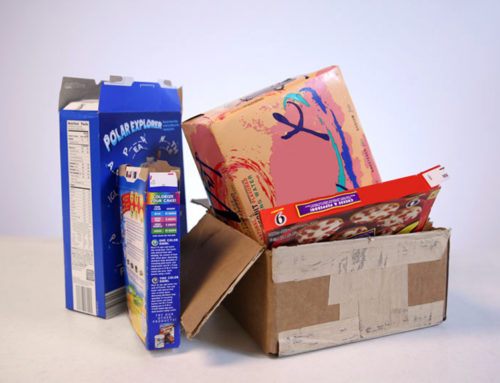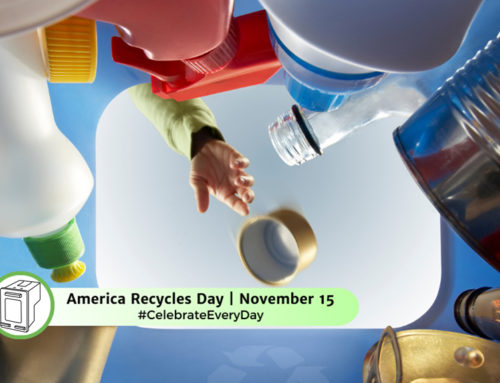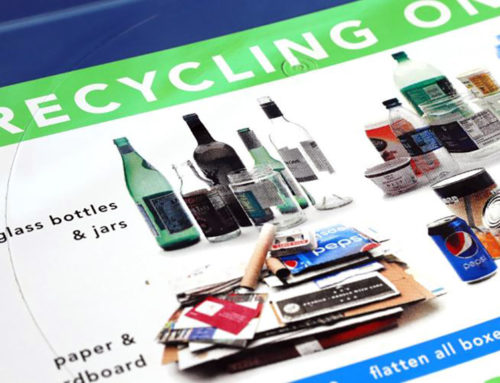Recycling has long been heralded as an essential pillar of environmental conservation. The act of repurposing used materials, reducing waste, and conserving resources has garnered support worldwide. However, beneath the surface of this eco-friendly endeavor lurks a hidden menace: recycling contamination. There are the complexities of recycling contamination, from its definition to its profound impact on recycling programs, and education, technology, and community engagement can help combat this pressing issue.
Understanding Recycling Contamination
Recycling contamination refers to the presence of non-recyclable materials within recycling streams, tarnishing the purity of recyclables. This contamination hinders the recycling process at its core and poses significant challenges for recycling programs across the globe.
Picture this scenario: a conscientious individual stands before their recycling bin, determined to make an eco-friendly choice. They hold in their hands an item that seems recyclable on the surface, like a plastic bag, a pizza box, or a shard of broken glass. These seemingly innocuous items harbor an unsuspected secret—they are not recyclable within the traditional recycling stream.
Plastic bags, lightweight and versatile, often find their way into recycling bins. However, they are one of the most notorious contaminants. These bags can tangle in recycling machinery, causing breakdowns and costly repairs. Despite their appearance, plastic bags require specialized recycling facilities to be properly processed.
Greasy pizza boxes present another conundrum. Although crafted from cardboard, the oils and food residues that saturate these boxes render them non-recyclable. As these tainted boxes mingle with clean cardboard in recycling bins, they introduce contamination that can compromise entire batches of recyclables.
Even shards of broken glass, seemingly harmless remnants of accidents, can disrupt recycling efforts. Broken glass poses safety hazards to workers and can contaminate paper and cardboard, rendering them unrecyclable due to the risk of sharp fragments.
Herein lies the paradox: these actions, taken with the noble intention of participating in recycling, unknowingly contribute to contamination. It is not a lack of good intentions but rather a lack of information and guidance that leads to these well-intentioned yet misguided choices.
These everyday items, mistaken for recycling heroes, become unwitting villains in the recycling narrative. They illustrate the critical need for recycling program public education and clear guidelines on what can and cannot be recycled.
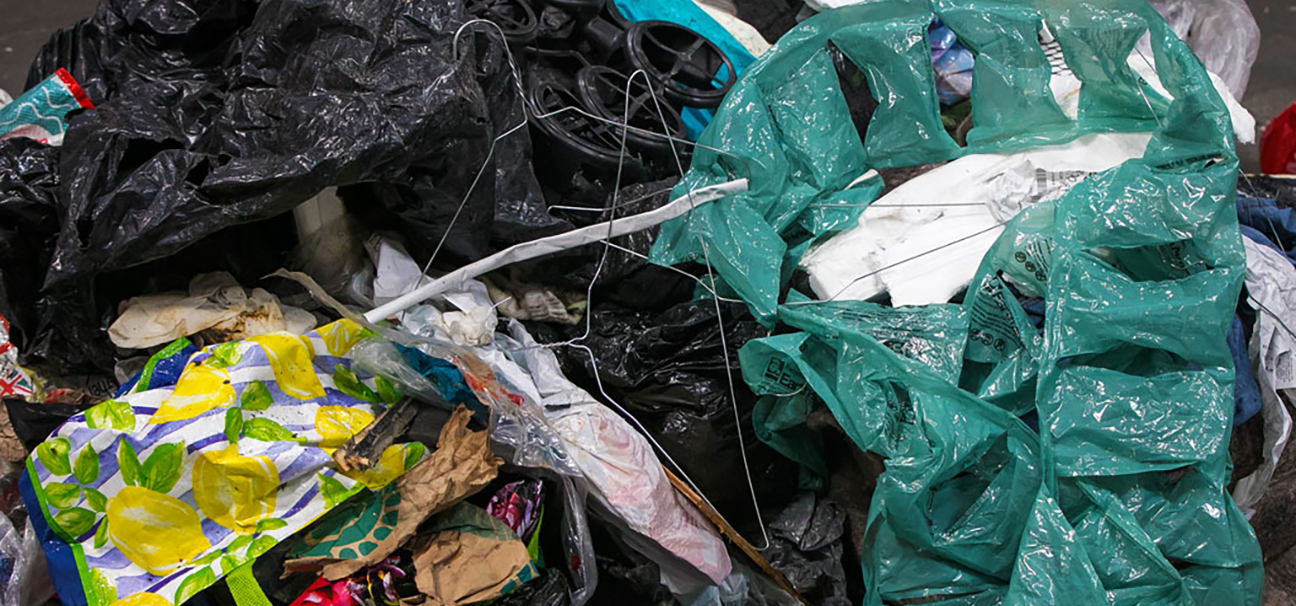
Impact on any Recycling Program
Recycling contamination, though often overlooked, is a weighty issue with profound consequences that reverberate throughout the recycling ecosystem. These consequences extend far beyond mere inconveniences; they translate into tangible burdens placed upon recycling facilities, ripple effects on sustainability efforts, and financial strains that demand our attention.
At the heart of the matter lies the financial impact of contamination. Recycling facilities find themselves grappling with a financial conundrum triggered by the presence of contaminants within the recycling stream. The problems are twofold: the immediate costs of sorting and disposal and the long-term maintenance expenses necessitated by contamination.
Contaminants intermingled with recyclables complicate the sorting process. Recycling facilities must invest substantial resources in sorting technology, additional labor, and overtime to painstakingly extract non-recyclable items. This labor-intensive endeavor becomes a necessity to ensure that uncontaminated materials can proceed through the recycling process.
Once contaminants are separated from recyclables, the question of disposal arises. These non-recyclable materials often end up in landfills, incurring disposal costs that recycling facilities must bear. The irony is that materials that were meant to be recycled now contribute to the very waste problem recycling aims to alleviate.
Contaminants exact a long-term toll on recycling equipment and infrastructure. Sharp or bulky non-recyclable items can damage machinery, leading to frequent breakdowns and costly repairs. Maintenance expenses soar as facilities grapple with the wear and tear inflicted by contamination.
The financial strains caused by contamination have a cascading effect on recycling programs. Budgets allocated for recycling initiatives are stretched thin as resources are diverted to manage contamination-related expenses. This diversion of funds impacts the ability to invest in sustainable practices, innovation, and education—critical elements in the quest for a greener future.
In dire cases, recycling programs may find themselves forced to reallocate budgets, shifting funds away from sustainability efforts. Funds that could have been invested in infrastructure improvements, public education campaigns, or the development of more efficient recycling processes are instead redirected to mitigate the consequences of contamination.
These financial strains not only burden recycling facilities but also hinder progress towards achieving sustainability goals. Recognizing the significance of this issue is the first step toward addressing it. By reducing contamination, we not only alleviate the immediate financial pressures on recycling programs but also ensure that resources are channeled towards meaningful sustainability initiatives.
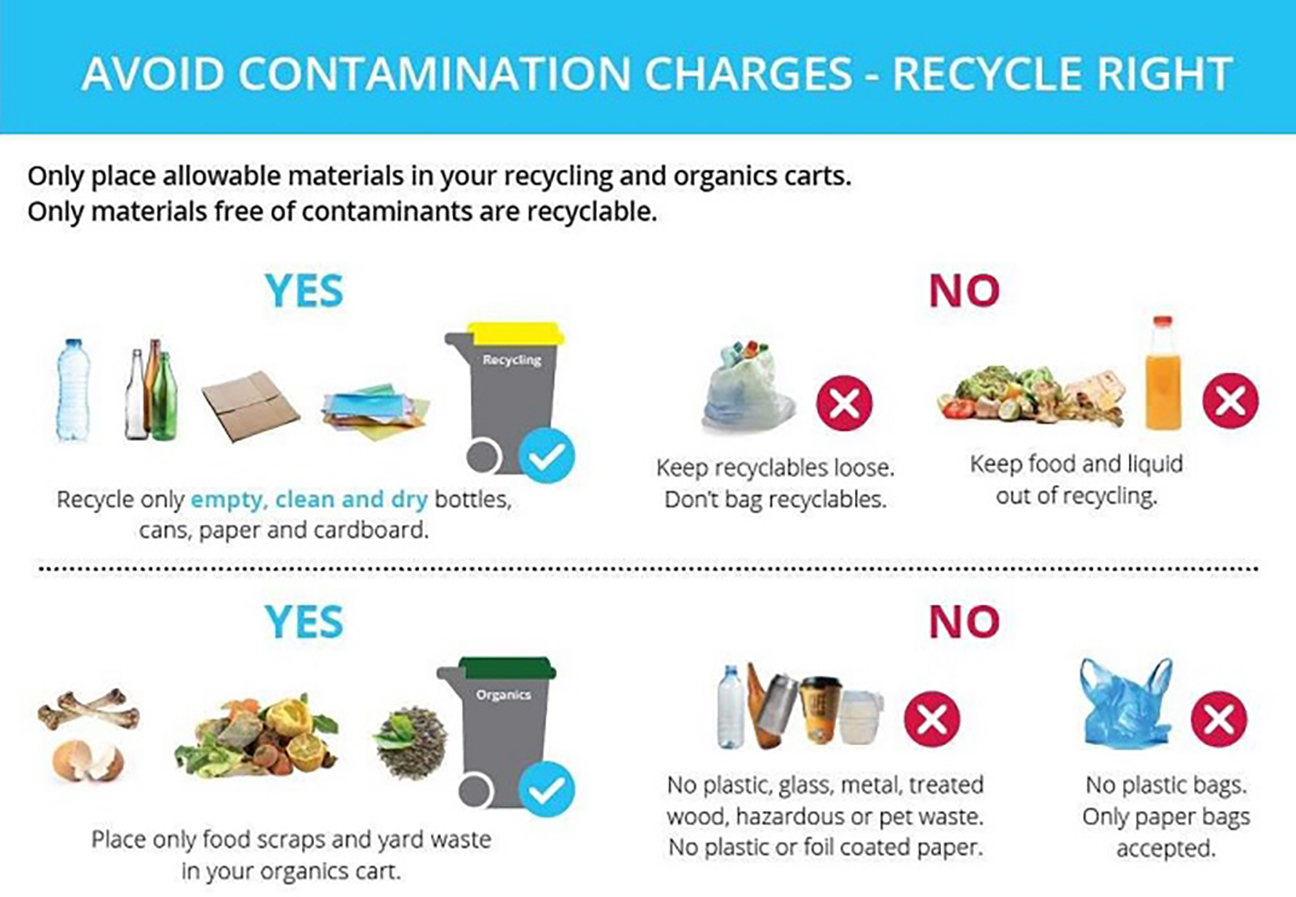
Educating the Public
Public education emerges as a powerful weapon against recycling contamination. Raising awareness about the significance of uncontaminated recyclables is crucial in changing behaviors and fostering a recycling-conscious society.
To reduce contamination, individuals need clear guidance on what is and isn’t recyclable in their specific area. Providing tips and guidelines can empower residents to make informed choices when disposing of their waste. Local recycling programs and municipalities play a pivotal role in delivering these resources.
Technological Solutions
In the quest to combat contamination, recycling facilities are embracing innovative technologies. Advanced sorting systems equipped with sensors and artificial intelligence are revolutionizing the sorting process. These technologies can identify and remove contaminants swiftly, reducing the burden on human sorters and enhancing recycling plant efficiency.
Automation, coupled with artificial intelligence, is streamlining recycling operations. Automation can identify and divert non-recyclables effectively, ensuring that only clean and valuable materials continue through the recycling process. This not only reduces contamination but also cuts labor costs.
Community Engagement and Responsibility
Communities play a pivotal role in the battle against contamination. Engaging residents through clean-up initiatives, workshops, and educational campaigns fosters a sense of responsibility and collective action. When communities unite to tackle contamination, meaningful change becomes possible.
Highlighting communities that have successfully lowered contamination rates serves as inspiration for others. Success stories illustrate that through collective efforts and a shared commitment to recycling purity, it is possible to triumph over contamination.
Recycling contamination, though often unseen, is a formidable adversary in the quest for a greener planet. By understanding its impact, educating the public, embracing technology, and fostering community engagement, we can pave the way for a more sustainable future, where recycling can thrive and continue to be a vital force for environmental conservation.

